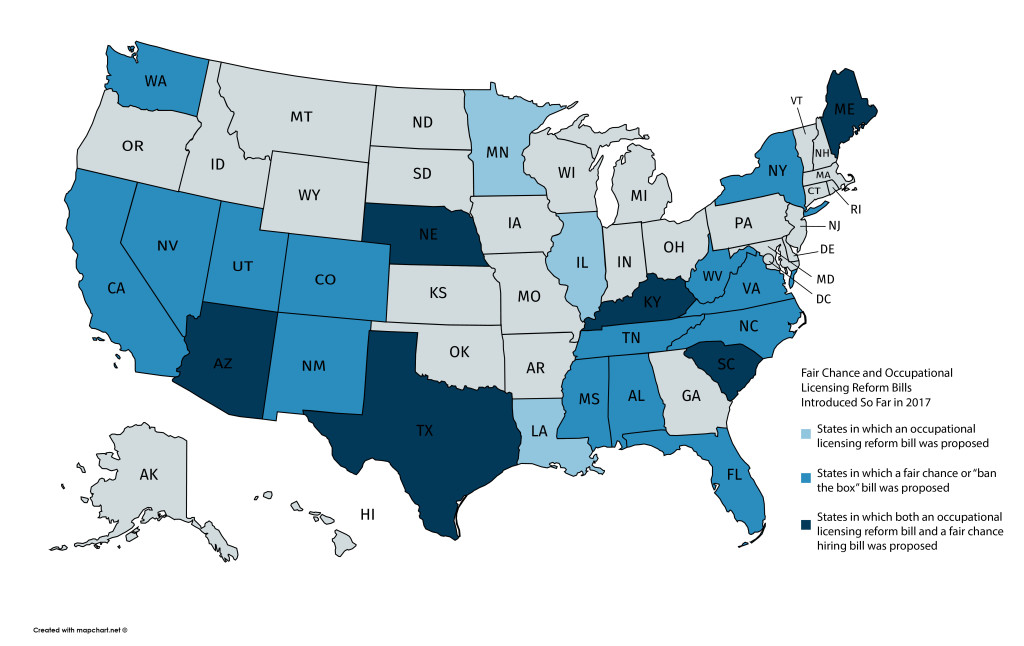Civil Rights Commission to hold public briefing on collateral consequences
The United States Commission on Civil Rights will hold a public briefing on collateral consequences on May 19 (“Collateral Consequences: The Crossroads of Punishment, Redemption and the Effects on Communities”). The Commission is an independent, bipartisan agency charged with advising the President and Congress on civil rights matters and issuing an annual federal civil rights enforcement report.
Previewing the Commission’s interest, Chair Catherine E. Lhamon said:
Individuals who have paid their debt to society deserve the chance to rebuild their lives after incarceration. The Commission looks forward to receiving information about whether and how current barriers to employment, voting, housing, education, among other core areas of civic life, deprive these Americans of that second chance.
In addition to being open to the public, proceedings will be live streamed at this link, beginning at 9:30 a.m. Advocates and stakeholders drawn from a broad political spectrum will provide testimony on a variety of issues, including the impact of a criminal record on civic participation and barriers to self-sufficiency after a prison term. CCRC Executive Director Margaret Love will describe the range of adverse consequences resulting from conviction, existing mechanisms to avoid or mitigate them, and recent trends in law reform.


 public access to adult conviction records. On April 13, Governor Steve Bullock signed into law
public access to adult conviction records. On April 13, Governor Steve Bullock signed into law  High drama on the final day of the West Virginia legislative session produced a
High drama on the final day of the West Virginia legislative session produced a  Second-chance mechanisms in California are working to increase the employment prospects and earning potential of Californians with criminal records according to a soon-to-be-published
Second-chance mechanisms in California are working to increase the employment prospects and earning potential of Californians with criminal records according to a soon-to-be-published